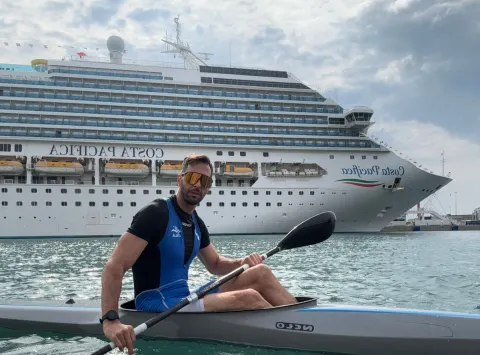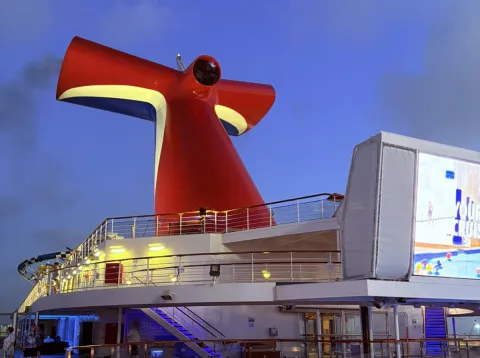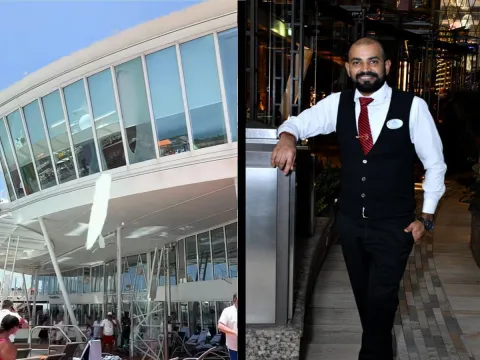
The cruise shipping industry continues its upward growth. In 2018, the total cruise tourism expenditures reached $3.36 billion. That is according to the data gathered by the Florida-Caribbean Cruise Association’s Cruise Industry Overview. The industry also employed a total of 78, 954 crews throughout the year. But the numbers are still expected to rise in the coming years, thanks to the current technologies introduced in the cruise industry. One of them is the groundbreaking debut of humanoid robots in various cruise lines. Aside from the artificial intelligent-powered crews, here are two of the latest technologies that are changing the way cruise ships are being operated worldwide.
New Deck Lifting Equipment For Easy Cargo Loading
Ships use heavy-duty deck lifting equipment like cranes to load large items onboard the ship. But just this August, the Oasis of the Seas of Royal Caribbean line had to cease operation due to an accident after a massive crane slammed into the vessel while it was on routine maintenance at the Grand Bahama Island. Because of the accident, eight people were injured and trips were canceled to fix the damages. Fortunately, some substitutes can be used to lift heavy items such as Bronto Skylifts. According to a Texas-based heavy equipment service provider, Kardie Equipment, the Bronto aerial work platform (AWP) has many features that can guarantee the safety of those who are operating it while protecting the load from accidents. It also works faster than the usual crane, which could save a lot of time for the ship’s crew to finish their work.
Wearable Smart Technology
Frequent cruise passengers know that they need to lug around a cruise identification card throughout their stay onboard the ship. It also serves as their room key to access their accommodation on the ship. In the past, these cruise IDs need to be hung on a lanyard or attached on a money belt. But today, several cruise lines already use wearable devices for the same function. For example, the Royal Caribbean now has a watch-strap looking WOWbands that can open room doors using radio frequency technology. Carnival Corporation also has its own version of the wearable device called the Ocean Medallion. This will allow guests to order food, drink, as well as other retail items whenever they want to. But perhaps the MSC for Me wristband from MSC Cruises could be considered as the most advanced cruise ID wearable due to its 130 smart features that include a fast reservation service and digital way-finder.
These innovations on cruise ship technology are not only beneficial to all passengers but make the job of the crew more bearable as well. With the help of the alternative heavy-lifting equipment, the crew will no longer have to spend a lot of time loading large items for the boat. On the other hand, the wearable devices can help the staff inside the boat to know what their passenger demands even before they ask for it.
If these new technologies will be utilized by all cruise lines all over the world, then the crew and their passengers will be able to have a more memorable stay while on the job.












